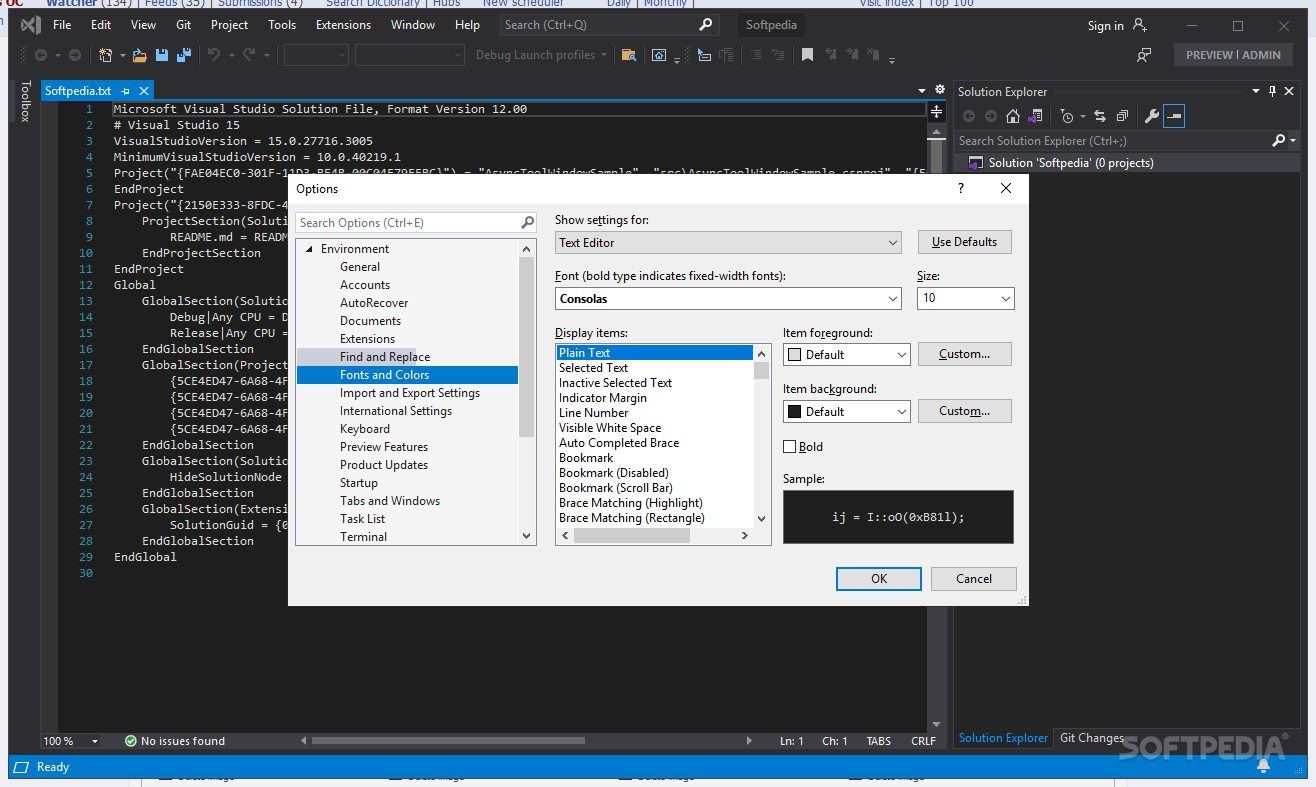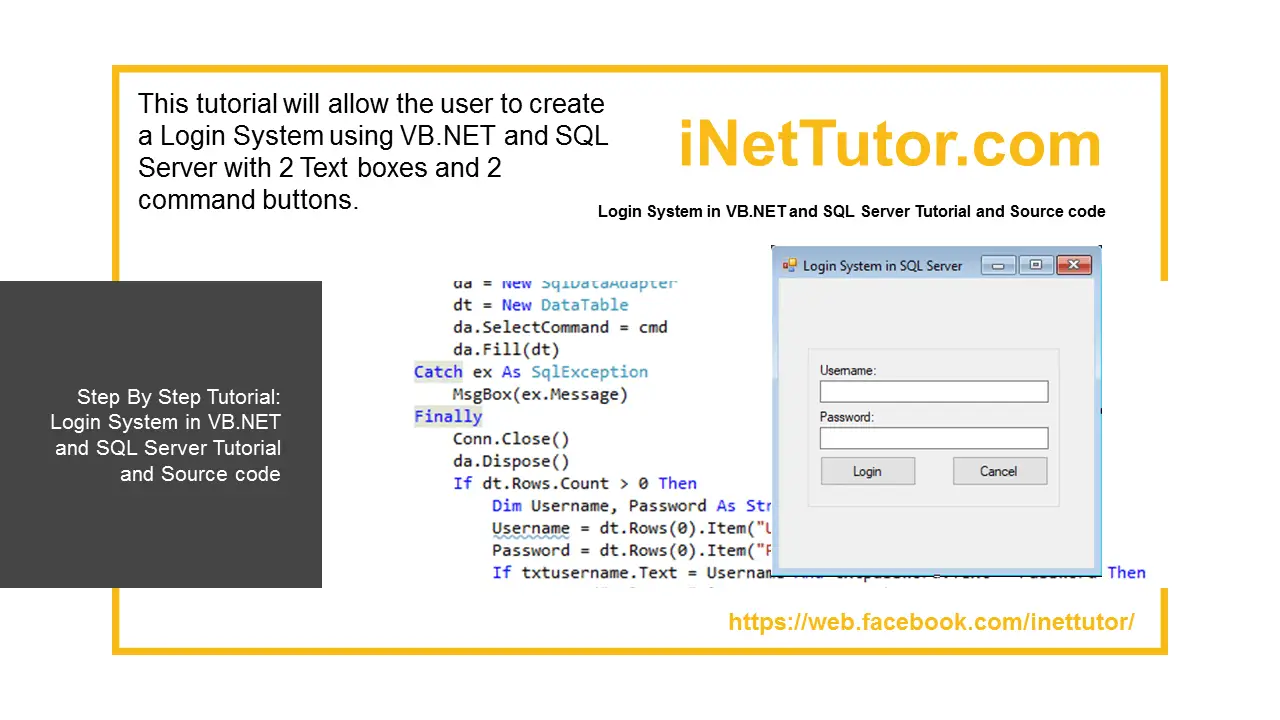
The Bullseye documentation (opens new window) has detailled guidelines for how to set this correctly. cov file that contains information needed by the instrumented binary to record test coverage.

We are happy to discuss further options with you. If none of the mentioned options works for you, please contact us. These have no performance impact at all and do not require any data to be written to the file system.

In general, we recommend you first try Bullseye in these cases, as its instrumenting technique allows you to compile with all compiler optimizations enabled.įor embedded software, specialized hardware profilers are also an option. when your code runs on highly resource constrained embedded devices.įor these cases there are more specialized commercial profilers available. In some cases, these profilers may impact the performance of your system too much, e.g. Various other compilers (opens new window), including embedded: Bullseye.We suggest you always start with a profiler that is compatible with your compiler: On this page, we will show you the most commonly used profilers and how to use them. They each have their respective advantages and disadvantages. There is a wealth of different profilers for C and C++, both on Linux and Windows.

# Setting Up Test Coverage Profiling for C or C++ Improving Analysis Results for Simulink.

Improving Analysis Results for C and C++.Connecting to Jira Server or Jira Cloud.Recording Test Coverage for Manual Tests.Recording Test Coverage for JavaScript Applications.Recording Test Coverage for Java with Docker.


 0 kommentar(er)
0 kommentar(er)
